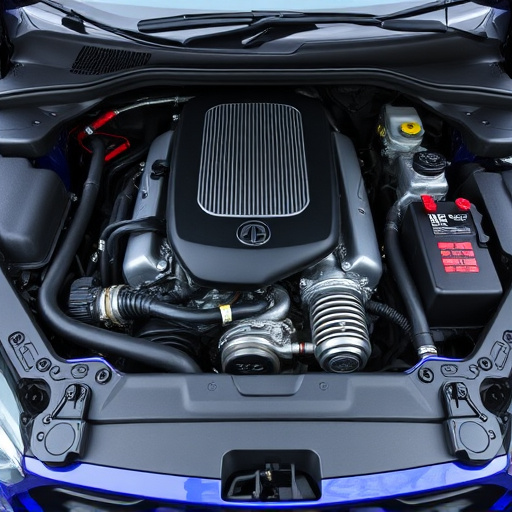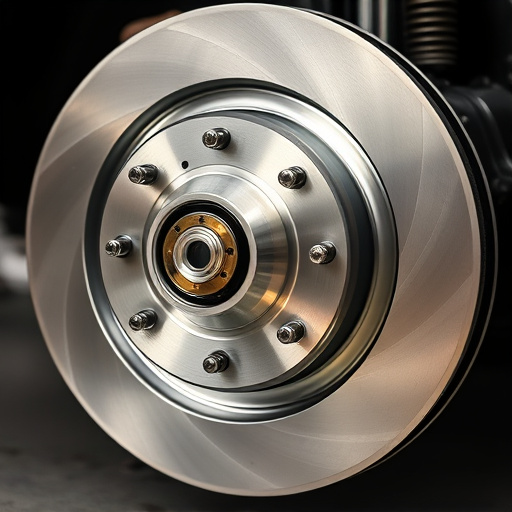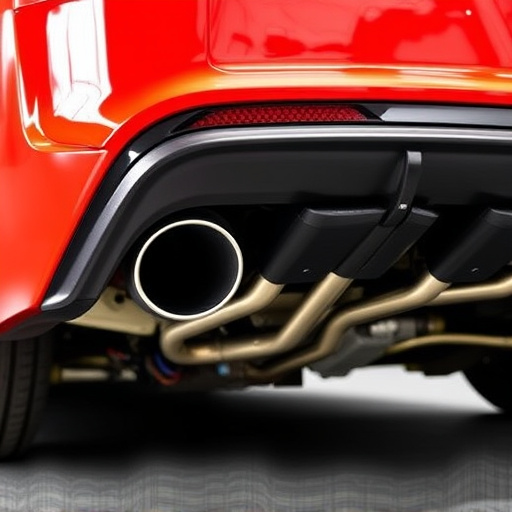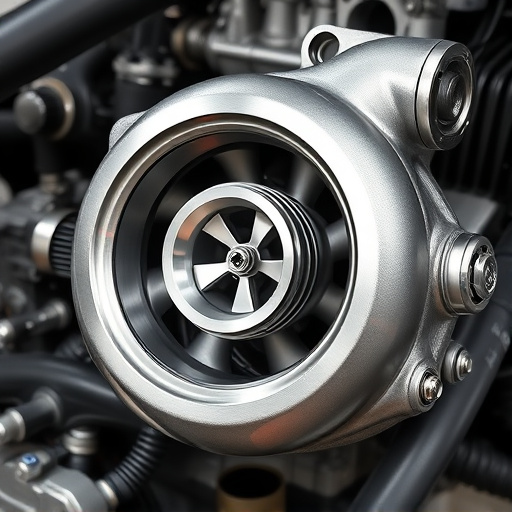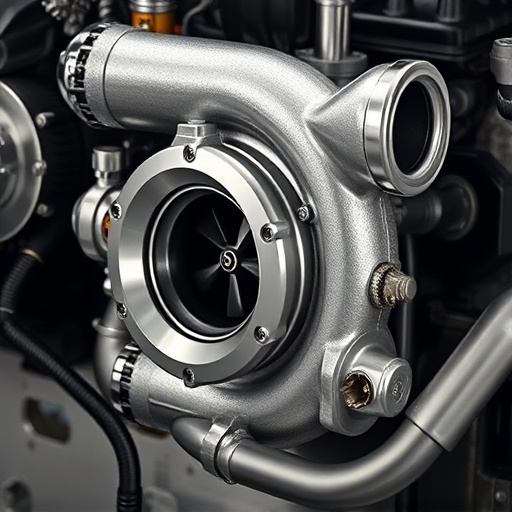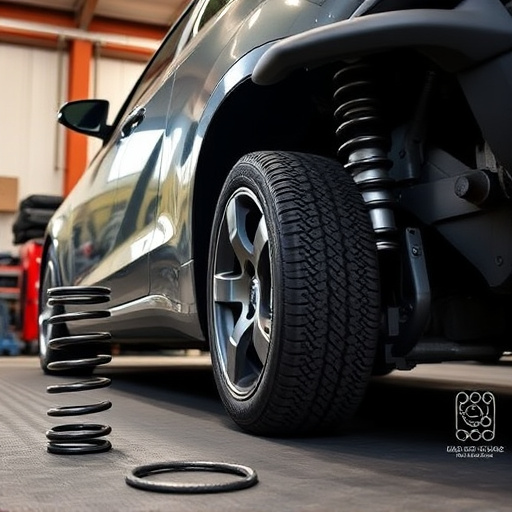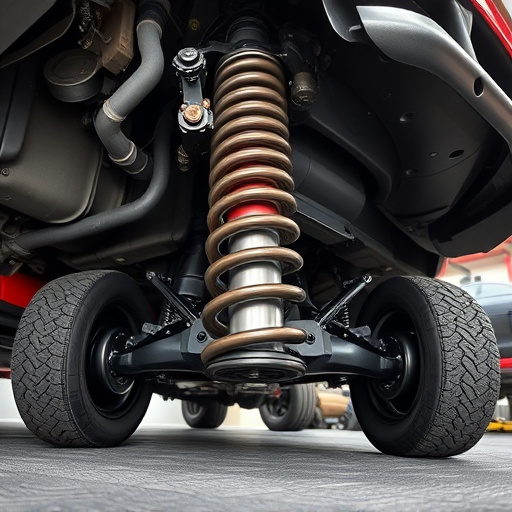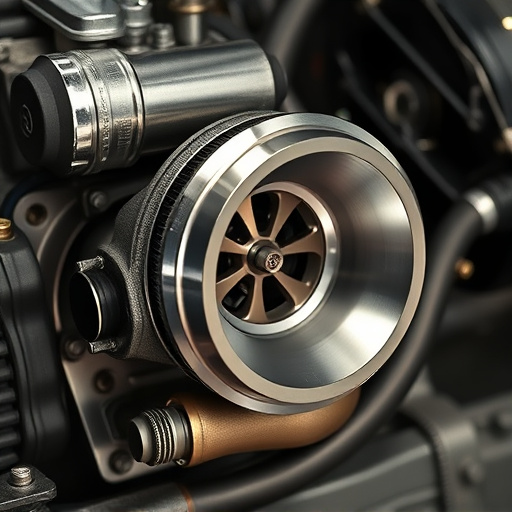Short tube headers revolutionize engine sound and performance by shortening tubes for faster gas flow, reducing backpressure, and enhancing combustion. This results in a crisper, more powerful exhaust note, improved high-revved tones, and quicker brake cooling. While offering both acoustic benefits and enhanced driving experience, potential drawbacks include slightly reduced peak power and fuel efficiency, plus the risk of unbalanced sound from improper installation. Careful engineering ensures optimal vehicle performance without compromising driving pleasure.
Unleash the power of sound customization with short tube headers—a simple yet effective modification for car enthusiasts. This article delves into the intricate relationship between engine sound dynamics and the strategic design of short tube headers. We explore how these components transform the roar of an engine, enhancing its tone and character. Understanding the pros and cons will empower car owners to make informed choices, allowing them to tailor their vehicle’s audio experience to their preference.
- Understanding Engine Sound Dynamics
- The Role of Short Tube Headers in Sound Modification
- Optimizing Engine Tone with Short Tubes: Pros and Cons
Understanding Engine Sound Dynamics
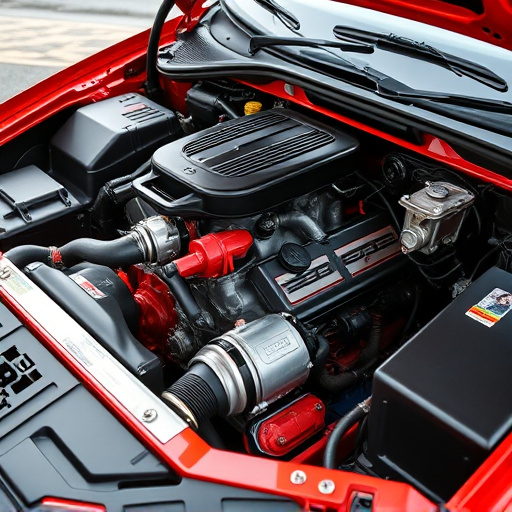
Engine sound is a complex interplay of various components working together to create the distinctive note that we associate with power and performance. At the heart of this dynamics lies the exhaust system, which plays a pivotal role in shaping the engine’s tone. Short tube headers, as the name suggests, are designed with shorter, more compact tubes that lead to the exhaust system. This unique design has a profound impact on sound generation due to its influence on gas flow and pressure differentials.
When an engine is running, gases are expelled through the exhaust valves, creating a wave of pressure that propels the vehicle forward. Short tube headers manipulate this process by reducing backpressure within the exhaust system. This reduction allows for freer-flowing gases, resulting in a more aggressive and powerful exhaust note compared to standard long tubes. Additionally, the shorter tubes can contribute to a faster rotation of sound waves, enhancing high-revved engine tones, often characterized by a crisp and sharp sound that resonates through the vehicle’s muffler tips and brake rotors.
The Role of Short Tube Headers in Sound Modification
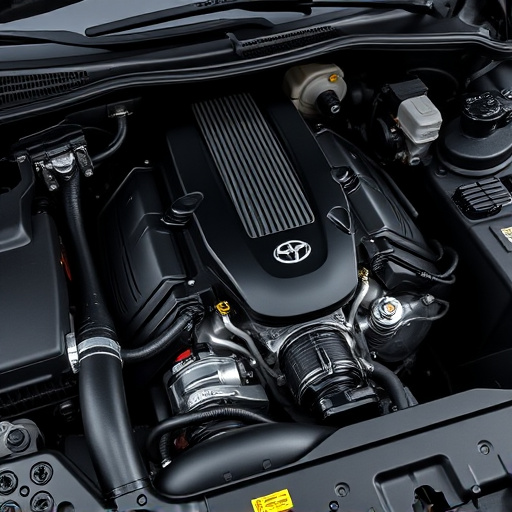
Short tube headers play a pivotal role in modifying an engine’s sound and tone. These components are designed to redirect exhaust gases more efficiently, reducing backpressure and improving overall engine performance. By shortening the path that exhaust flows through, short tube headers can enhance the combustion process, leading to a more powerful and throaty exhaust note—a favorite among car enthusiasts. This modification not only enhances the vehicle’s acoustic profile but also contributes to improved braking capabilities, as better-optimized gases can facilitate faster cooling of performance brakes, thereby increasing their lifespan and overall vehicle performance.
Optimizing Engine Tone with Short Tubes: Pros and Cons
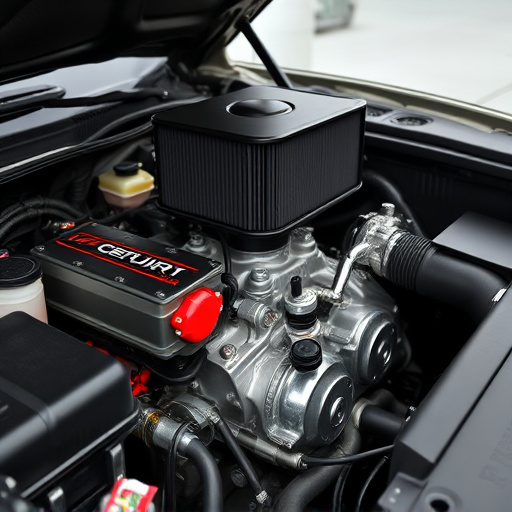
Optimizing engine tone with short tube headers presents a unique balance between pros and cons. One of the primary advantages is the enhanced sound quality, offering a more aggressive and sporty exhaust note compared to standard long-tube setups. Short tubes facilitate quicker flow of exhaust gases, resulting in improved tonal characteristics, especially at higher RPMs. This can significantly enhance the overall driving experience for enthusiasts seeking a refined yet powerful vehicle performance.
However, there are potential drawbacks to consider. The condensed design may lead to increased backpressure, which could slightly reduce peak power output and fuel efficiency, especially if not carefully engineered. Additionally, improper installation or misalignment of short tube headers can cause unwanted resonances, resulting in an unbalanced or harsh sound. Maintaining the right balance between performance exhaust modifications and achieving a desired engine tone requires meticulous attention to detail, ensuring optimal vehicle performance without compromising driving pleasure.
Short tube headers have a notable impact on engine sound, offering a unique and refined tone. By optimizing exhaust flow, these headers can enhance the overall sound dynamics, creating a more aggressive yet controlled roar. This modification is especially appealing to car enthusiasts seeking a personalized and distinct auditory experience without compromising performance. However, the effectiveness of short tubes depends on individual preferences, as they may not suit every driver’s taste in engine sound. Thus, understanding the pros and cons is key when considering this aftermarket upgrade.
